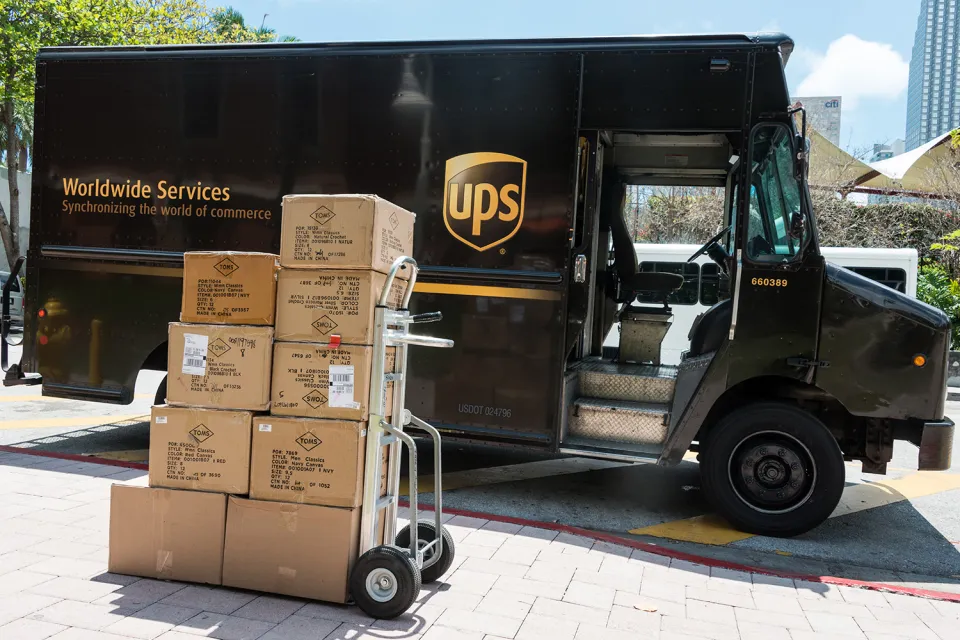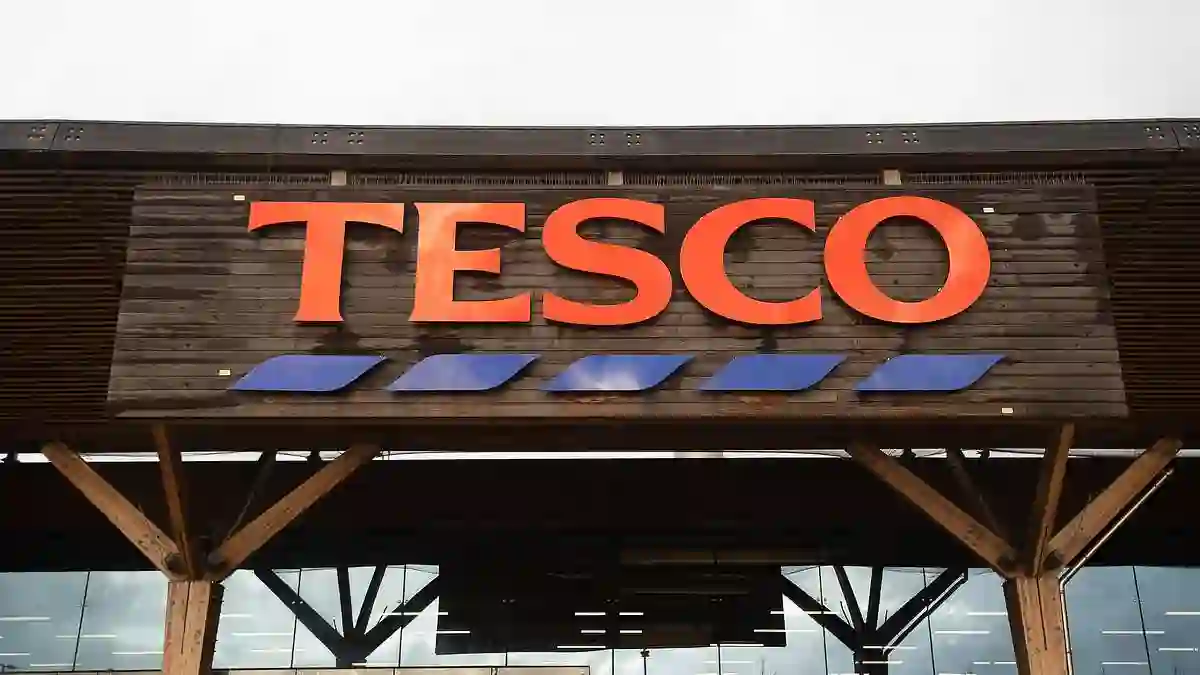It’s been a tough season for workers across several major industries—and UPS just joined the list of companies making painful decisions.
In a move that’s raising eyebrows and sparking union backlash, the delivery giant is now offering voluntary buyouts to some of its full-time drivers.
But this isn’t coming out of nowhere—it follows the company’s bold decision to cut 20,000 jobs and shut down 73 of its facilities.
A Massive Restructuring Plan to Save Billions
UPS says these changes are all part of a grand plan to streamline operations and cut costs.
The Atlanta-based company has set a $3.5 billion cost-cutting target for 2025, with a goal to boost its U.S. operating margin to 12 percent.
Part of that strategy includes closing more than 90 additional facilities in the near future.
For those affected, UPS promises support—pension packages, healthcare benefits, and buyout options are on the table.
But for many, that’s cold comfort when facing job loss and an uncertain future.
Union Outrage Over Contract Violations
The Teamsters union, which represents about 330,000 of UPS’s 490,000 workers, isn’t taking the news quietly.
In fact, they were the first to break the story—and they’re not happy.
The union claims that UPS is violating their national contract, which promised the creation of over 22,000 jobs.
“Our members cannot be bought off,” declared Teamsters President Sean O’Brien. “UPS must live up to its commitments.”
The union is demanding the company stick to the agreement it made, calling this new move a betrayal of trust.
Pulling Back From Amazon Deliveries
Interestingly, the job cuts follow another big decision UPS made earlier—cutting back on deliveries for Amazon.
That service once accounted for around 12 percent of the company’s revenue, but UPS concluded the profit margins weren’t worth the effort.
The company decided to pivot instead toward more lucrative markets like healthcare logistics and international shipping.
“The world hasn’t seen this kind of global trade uncertainty in over a century,” CEO Carol Tomé said, referencing the economic shifts and trade tariffs introduced under former President Trump.
UPS’s Financial Struggles in 2023 Set the Stage
This isn’t the first round of job cuts UPS has rolled out.
Just last year, the company laid off 12,000 employees and closed 11 facilities after profits dropped by nearly $2 billion.
That came just months after avoiding a massive strike by reaching a $30 billion agreement with the Teamsters union.
Despite that major deal, the company’s financial performance in 2023 was labeled “disappointing.”
Tomé defended the latest cuts by saying, “The macro environment may be uncertain, but these moves will make us a stronger, more flexible company.”
UPS Isn’t Alone—Mass Layoffs Continue in 2025
UPS isn’t the only big name making headlines for layoffs.
Amazon CEO Andy Jassy has shared plans to cut back on corporate staff over the next few years, blaming AI advancements for making some roles obsolete.
This comes after Amazon let go of 18,000 employees last year—most of them informed via email.
Intel has also joined the layoff wave, letting go of 20,000 workers, mainly those in manufacturing.
Microsoft recently announced it’s cutting 9,000 jobs—roughly 4 percent of its global team—as it leans heavily into AI investments.
Even retail giants like Walmart are downsizing.
The company is eliminating 1,500 U.S. jobs, adding to earlier layoffs in North Carolina.
What Comes Next?
With major companies across industries laying off tens of thousands of employees, questions are swirling.
Will this trend slow down?
Or is it just the beginning of a massive reshaping of the modern workforce driven by automation, AI, and economic pressure?
For the 20,000 UPS workers offered buyouts—and for millions of workers watching these changes unfold—the uncertainty looms large.



